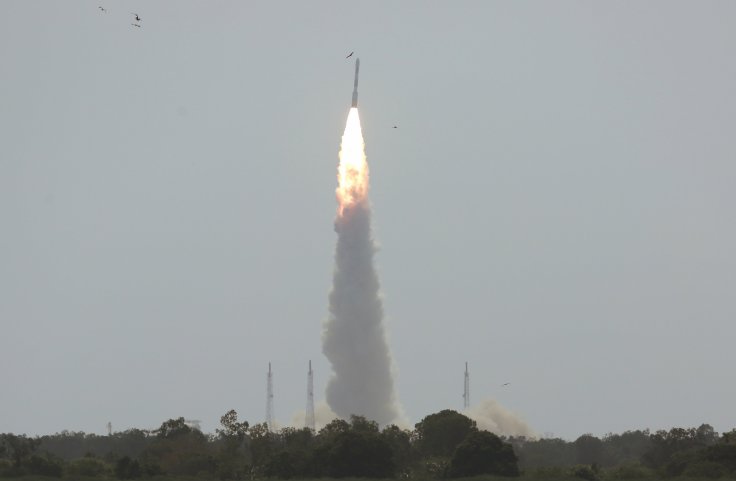
Indian Space Research Organisation (ISRO) has officially announced the launch time of its remote sensing satellite Cartosat-2F using the 42nd PSLV launcher. The launch will be from the First Launch Pad (FLP) of Satish Dhawan Space Centre (SDSC) in Sriharikota, Andhra Pradesh on January 12, 2018, at 09: 28 AM (IST), (7:58 AM, GST).
The launcher will also carry 28 foreign satellites along with one Microsatellite and one Nanosatellite from India. Foreign satellites include payloads from Canada, Finland, France, Republic of Korea, UK, and the USA. In all, the payload includes 25 Nanosatellites and 3 microsatellites, weighing about 1,323 kg. Cartosat-2F alone will weigh 710 kg during the lift-off while the foreign satellites will have a combined weight of 613 kg.
Cartosat-2F is the sixth satellite of Cartosat-2 series for earth observation. The indigenous Indian observation satellite series have high-quality imaging cameras for cartographic, urban and rural applications. It will be used for coastal land use, and regulation and utility management, including monitoring of road networks, said the space agency. In addition, the Cartosat satellites will perform strategic civil and military roles which have been categorized as their key functions.
The mission will be a major come back for India's record-breaking workhorse launcher PSLV, which has been undergoing series of tests following its failure to launch IRNSS-1H, the eighth satellite of Indian Regional Navigation Satellite System, on August 31, 2017.
The ISRO workhorse launcher holds the record for launching 104 satellites in one go in February 2017. Otherwise, the PSLV vehicle is considered one of the most trusted launch vehicles of the Indian space agency which has launched 39 missions consecutively and successfully, including India's Lunar mission Chandrayaan-1 and Mars mission Mangalyaan 1 to the respective planets.









